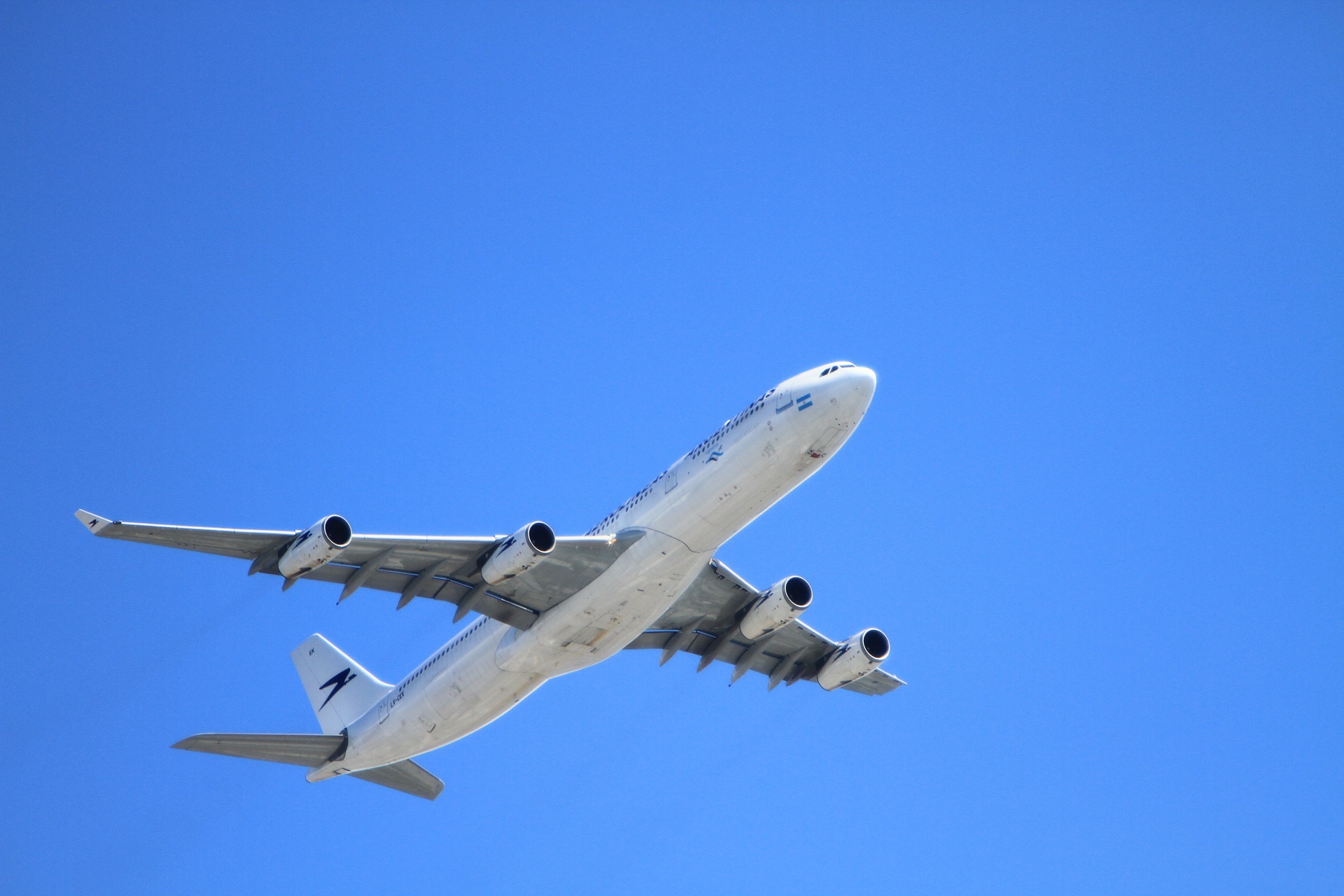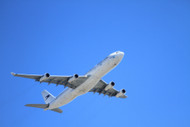Do You Know How Airplanes Are Fueled?
By on Jan 16th 2017
When you board an airplane, it's not very likely that you're thinking about the fuel that (probably) just went into it. Or, if you do, you probably don't know everything that goes into the process. Unless you work at an airport yourself.
I sat down with an airport employee to talk about his job: fueling aircraft. His job is an important one, and there's more to it than you think.
The Process: From Quality Control to Fueling
We started by discussing the general process of fueling an aircraft: from when the fuel arrives at the airport to actually fueling the airplanes.
Bear in mind that aircraft can be built in the US, Canada, Europe, or Brazil, which means not every plane has the same fueling procedures. However, most planes have the same characteristics: three tanks, including two main tanks, which are at each wing, and usually a third central tank beneath the plane.
Still, the fueling process is pretty standard.
Each morning, fuelers take samples from refueling trucks and they conduct tests to ensure that the fuel is up to spec before it goes into any aircraft. Four fuel tanks holding just over 15,000 gallons are always at this airport specifically for jet fuel. There are also one or two tankers that arrive each day from refineries to replenish the tanks.

With multiple tanks of fuel and inconsistent weather, moisture can make its way into jet fuel, and you don't want that getting into an airplane's fuel tank. However, physics is on our side to help!
Jet fuel typically weighs around 6.7 pounds/gallon and water weighs over 8 pounds/gallon. Therefore, the water will always sink to the bottom of the tank where it can be drained out. Fuelers also have multiple filter systems and regulations that the fuel must go through and meet before it gets anywhere near an aircraft.
Don't worry-they don't cut corners. We're in good hands!
This particular airport uses Jet A (kerosene) for turbojets and turboprops, which is their primary fuel, and Aviation Gasoline (AV), which is used for smaller, private aircraft.
When fueling an aircraft, the first two steps fuelers take are securing the truck with wheel chocks so it doesn't roll away and bonding the truck to the aircraft to avoid static build up. This is extremely important to ensure there is no chance of static electricity building up.
After those crucial steps are completed, the planes are fueled according to each airline's specific standards. This usually requires a test of the fueling system before fueling the aircraft to the specific amount requested on the flight release form.
After each fueling, employees record how much fuel the aircraft takes, creating accurate records throughout the day to track fuel and work.
Each typical commercial aircraft usually has a "single point" hookup that controls which fuel tanks receive fuel. Fuel is either automatically directed to a tank or fuelers manually control where it goes. However, if the fueling system is inoperative, fuelers can manually fuel into each tank separately to get the job done.
Here's a great video of the fueling process in action:
So How Long Does Fueling Take?
There's no cut-and-dry answer here. It all depends on the plane. A small single engine aircraft can be fueled in minutes, but larger commercial aircraft can take much longer.
Some aircraft can take 200 gallons/minute while others can only take 50 gallons/minute.
Each day, fuelers can pump from as low as 30 gallons to as high as 4,000 gallons. Each aircraft typically calculates fuel by pounds. Sometimes it's measured in liters, typically for international planes, but all airlines are charged by the gallon.
This is where fundamental math is needed. As stated above, jet fuel typically weights around 6.7 lbs./gallon. Therefore, the cost calculations aren't too bad-most fuelers have a calculator on hand at all times while on the clock.
Fueler Safety and Procedures
Fuelers are required to wear hearing protection and a visible safety vest at all times.
Along with daily tests performed on the job, employees also undergo monthly and yearly tests and procedures. Extensive paper trails ensure the airport's fuel is up to spec and pure.
Fuel is not only one of the largest weight factors of an airplane, but it's also one of the most costly factors for the airlines. Therefore, fueling an aircraft to its requested amount is paramount. Any extra fuel costs the airport and airlines extra money, and over-fueled planes can be too heavy for flight. Fuelers
must take extra care in ensuring they keep accurate records.







